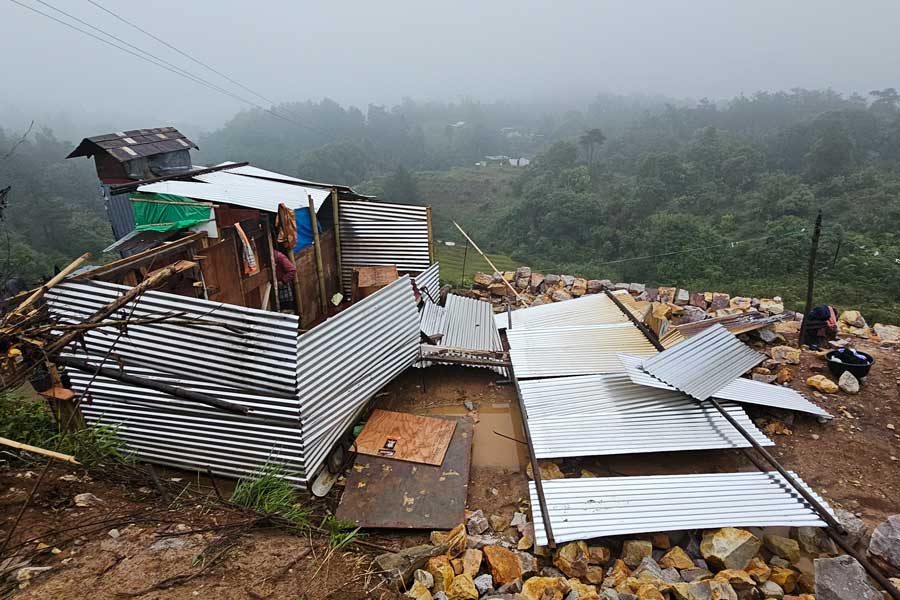India’s space agency on Saturday tested a crew escape system through a rocket-and-parachutes flight that lasted under 10 minutes but marked a fresh milestone towards its human space flight mission.
A rocket launched from the Sriharikota island spaceport on the east coast helped ferry the crew escape system linked to the crew module to an altitude of 17km where the crew module separated and splashed down into the Bay of Bengal, its fall slowed by two sets of parachutes.
The crew escape system designed to protect astronauts in the event of an aborted launch by taking the crew module away from the rocket is among the critical technologies the Indian Space Research Organisation (Isro) is developing for its Gaganyaan human space flight programme.
“The crew escape system took the crew module away from the vehicle and the subsequent operations — the crew module separation from the crew escape system, all the parachutes opening, and the touchdown in the sea at the required velocity — have been very well accomplished,” S. Somanath, the Isro chairman said minutes after the splashdown. “Based on the data, everything has performed very nominally... perfect.”
An Indian Navy spokesperson said on Saturday afternoon that naval units and divers trained for the exercise had successfully recovered the crew module that had splashed down about 10km from Sriharikota.
Saturday’s launch followed two successive delays in the morning. Isro had postponed its initially scheduled 8am launch to 8.45am due to weather-related issues. The first launch attempt then encountered a “hold” when the automatic launch sequence computer stopped the launch around five seconds before lift-off.
Somanath said the hold occurred because of a “monitoring anomaly” in the system. Isro engineers, he said, identified the anomaly fast, corrected it, and prepared the rocket for another launch attempt.
The crew escape system and crew module separated from the rocket at an altitude of around 11km. The crew module then separated from the escape system 90 seconds into the flight at an altitude of 17km and two “drogue” parachutes opened to slow down its fall. At an altitude of 2.5km, the drogue parachutes separated and three main parachutes opened to continue to slow the module’s drop towards the sea.
“This launch takes us one step closer to realising India’s first human space flight programme, Gaganyaan,” Prime Minister Narendra Modi posted on X, formerly Twitter, on Saturday. Modi had on August 15, 2018 urged Isro to plan for a human space flight mission for which his government had sanctioned Rs 10,000 crore.
India’s space agency has been preparing for human space flight for over 15 years through the design and development of key technologies, including a giant rocket for heavy payloads, a space capsule, and operational systems for the safe atmospheric re-entry of the crew module and the crew escape system.
Saturday’s launch and splashdown was part of a series of 20 major tests, including three uncrewed missions of the launch vehicle and demonstration flights of the crew escape system ahead of the human space mission planned for 2025.










